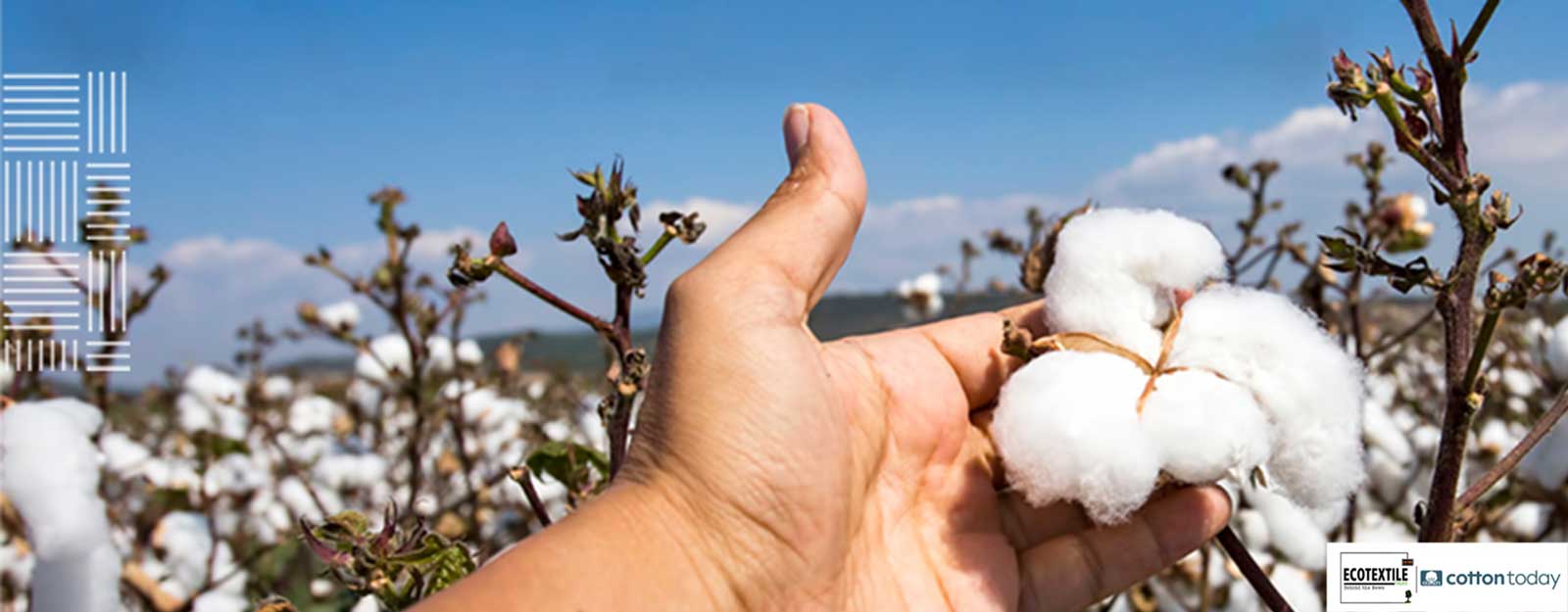Gearing up for spring cleaning? Before you dive head first into closet clean-ups, take a moment to consider what happens to clothes after we purge them. The average American disposes 81 pounds of textiles each year, according to the Secondary Materials and Recycled Textiles Association (SMART).
For many, the minute clothing and apparel leave their wardrobe whether through donation or throwaway, the garments are out of sight and out of mind. But for the garment itself, this is just a step in the process of its chemical breakdown – also referred to as biodegradation. How and when a garment biodegrades dictates how long it will sit in a landfill.
What you might not realize is that most polyester is made of polyethylene terephthalate , also referred to as PET and more commonly known as the main ingredient in water bottles. So if you have ditched your plastic water bottle because of its environmental impact, consider how your polyester attire fairs in landfills.
While nearly all materials are subject to biodegradation eventually, the rate at which materials decompose varies greatly depending on their chemical make-up. Synthetic fibers like polyester biodegrade much slower than cotton.
Cotton biodegrades relatively quickly because it is made of cellulose, an organic compound that is the basis of plant cell walls and vegetable fibers. The fibers break down naturally in landfills similarly to other crops such as food and plants. The Council for Textile Recycling reports an incredible 85 percent of America’s used clothes goes to landfills.
“Cotton has been used for hundreds of years and naturally biodegrades on land. We know it’s a fiber that consumers can feel good about wearing, recycling and discarding,” said Mary Ankeny, vice president of product development and implementation operations at Cotton Incorporated. “We’re now turning our attention to better understand the sustainability and impact of cotton biodegradation in water streams.”
Did you know, apparel begins to break down in the wash? Cotton Incorporated and North Carolina State University team to better understand how cotton biodegrades in water. The study considers the path of cotton and synthetic microfibers as they:
- Shed in the wash
- Enter waterways
- Breakdown in water
Research has already shown that some synthetic apparel sheds microplastics into waterways when laundered.
For more information about the study underway and the sustainability of cotton and synthetic microfibers in water, watch this video. Stay tuned for more results on this study in the coming months.



